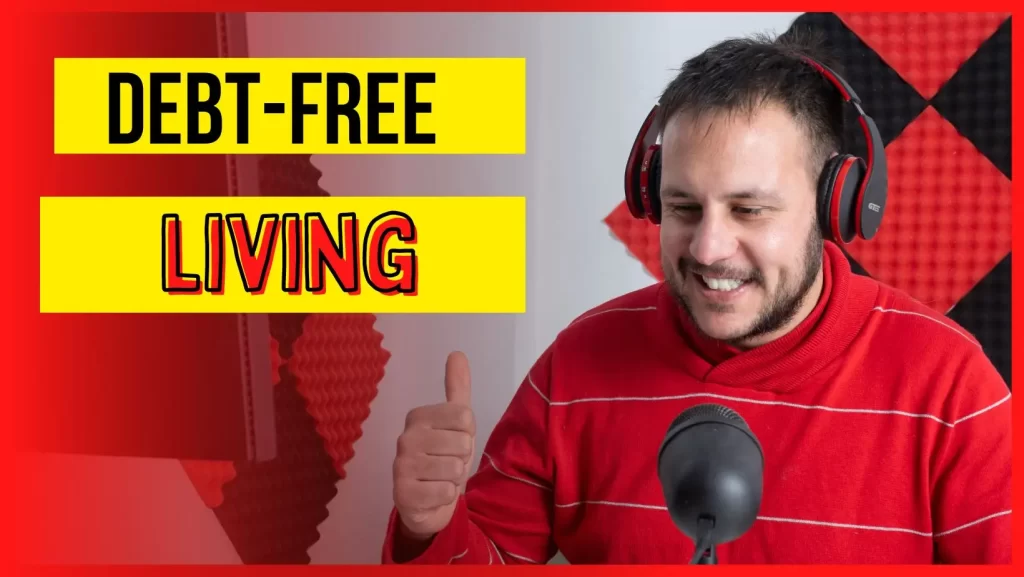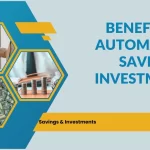Being debt-free may seem like an impossible dream in a society where credit cards, loans, and other types of debt are easily accessible. But debt-free living is not only feasible but also immensely satisfying if you have discipline, a disciplined lifestyle, and a strong dedication to financial well-being. This thorough manual looks at doable tactics that families and individuals can use to escape debt and create a stable financial future.
Recognizing the Value of Living Debt-Free:
-
Financial Freedom:
Being debt-free gives people a sense of financial freedom that lets them make decisions based on their own goals and values rather than being constrained by their means. Opportunities like travel, entrepreneurship, and early retirement may become possible with this flexibility.
-
Decreased Stress and Anxiety:
High levels of debt can have a negative influence on one’s mental and emotional health. People can greatly reduce their stress related to money by paying off debt, which enhances their quality of life and makes them happier overall.
-
Enhanced Savings and Wealth Creation:
People can allocate their income to investments and savings when they are not burdened by monthly debt obligations. This helps capital accumulate over time and offers a safety net for unexpected expenses, long-term objectives, and retirement.
Budgeting is one of the strategies for living debt-free:
-
An extensive budget:
It is the first step toward living a debt-free life. Monitor your earnings, outgoings, and optional expenditures to pinpoint areas in which modifications are feasible. Divide spending into needs and wants categories, emphasizing the former.
-
Emergency Fund:
Making sure you have money set aside for unforeseen costs before using credit is essential. Aim for three to six months’ worth of living expenses to be kept in an easily accessible account. By serving as a safety net for finances during difficult times, this fund eliminates the need for borrowing.
-
Debt payback Strategy:
Make high-interest loans your top priority and create a methodical payback schedule. The debt avalanche strategy, which pays off the highest-interest loans first, or the debt snowball method, which pays off the lowest obligations first, are two possible approaches. The secret to success is dedication to strategy and consistency.
-
Live Below Your Means:
Reducing unnecessary debt requires you to adopt a lifestyle that is below your means. Distinguish between necessities and wants, and concentrate on spending money wisely. Refrain from the urge to live up to social pressure and put your financial security first.
-
Negotiate Interest Rates:
Speak with your creditors to get the interest rates on your current loans lowered. Long-term financial savings can be achieved by considerably accelerating the loan repayment process with a lower interest rate. Negotiations are common among creditors, particularly if you have a track record of making your payments on schedule.
-
Reduce and Simplify:
Look for ways to reduce and simplify by assessing housing, transportation, and lifestyle options. Think about driving a used car, cutting back on frivolous spending, and moving into a more reasonably priced residence. Reducing expenses by living a more modest lifestyle can help pay off debt.
-
Avoid New Debt:
Make a commitment to refrain from taking on new debt while you pay off your current debt. This is using self-control when it comes to spending and fighting the temptation to utilize credit cards for things that are not necessities. Having a cash-based mindset keeps you from taking on more debt.
-
Financial Education:
Make time to increase your knowledge of finance. Recognize the fundamentals of investing, budgeting, retirement planning, and personal finance. The more knowledgeable you are, the more capable you will be of making wise financial choices that help you reach your debt-free goal.
-
Celebrate Milestones:
Acknowledge and commemorate each accomplishment along the route. Achievements like paying off a credit card, hitting a savings target, or becoming debt-free are noteworthy. Honouring these achievements inspires people and strengthens wise financial practices.
Overcoming Obstacles: Prudent Spending Practices:
-
Developing conscious spending practices :
These practices takes time. Review your budget on a regular basis, pinpoint areas that need work, and remain dedicated to making wise financial decisions.
-
Patience and Perseverance:
These qualities are necessary to live a debt-free life. Recognize that it is a slow process and that obstacles could arise. Remain committed to your long-term objectives and resist the need to give up on transient difficulties.
-
Seek Professional Advice:
Consult financial experts if handling debt becomes too much for you to handle. Financial planners and credit counselors can offer advice on debt management techniques and assist in developing a customized plan for your particular financial circumstances.
In conclusion, living debt-free is a revolutionary path that leads to financial empowerment and mental peace of mind, in addition to being an achievable goal. Individuals and families can escape the debt cycle, establish a strong financial foundation, and look forward to a prosperous and secure financial future by putting these methods into practice. Recall that discipline, dedication, and a readiness to make well-informed financial decisions that support your long-term objectives are essential for success. Savor your triumphs along the way and picture a time when you can live debt-free. This is the path to financial independence.



